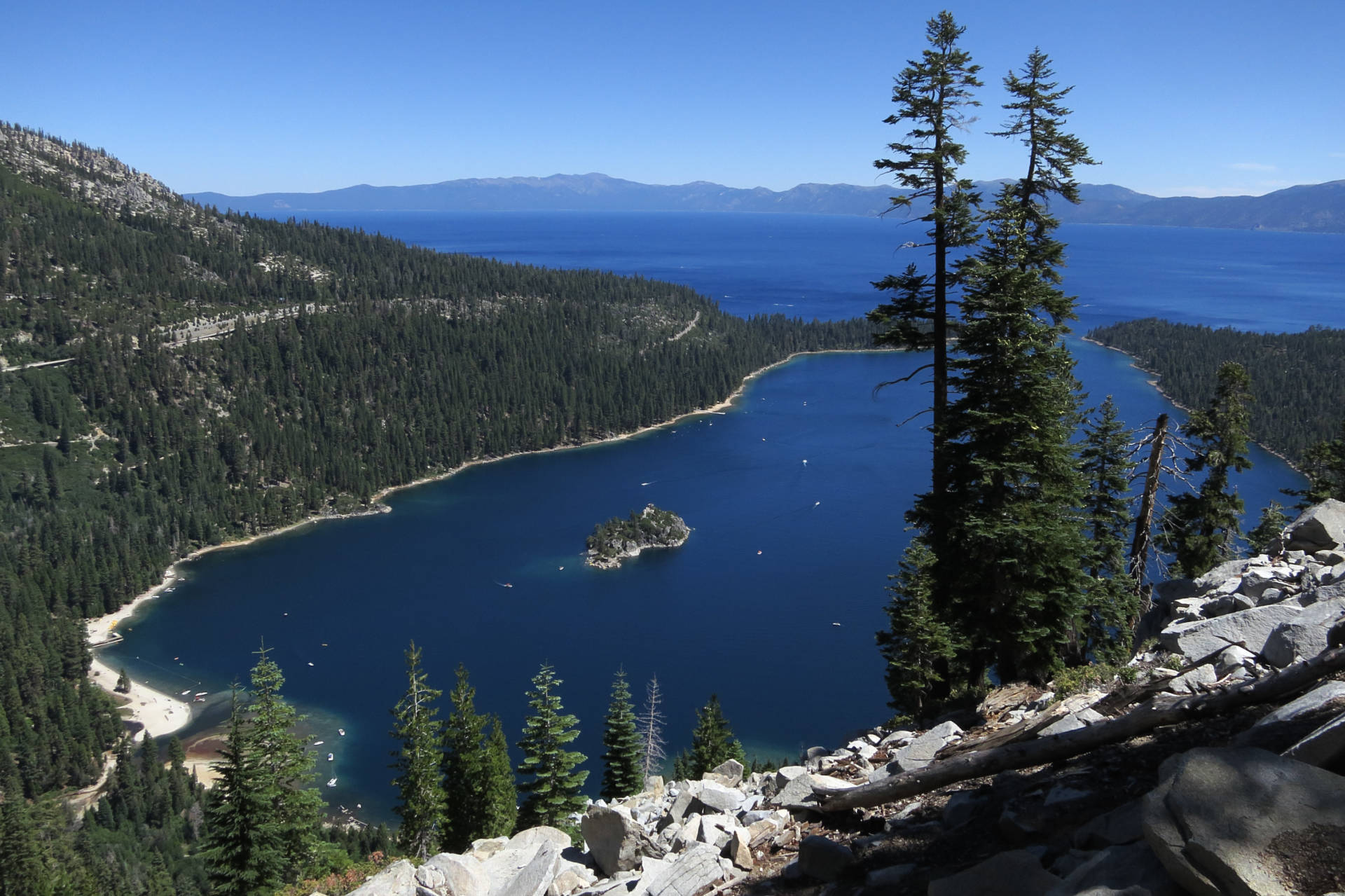A bizarre confluence of weather events led to the average clarity of Lake Tahoe last year falling to its lowest level on record.
The report issued by the Tahoe Environmental Research Center at UC Davis, is a preview of its annual State of the Lake report, due out next month. It points to historic drought, followed by record precipitation and warm temperatures. Lake clarity is a key indicator used to track the degradation and restoration of the iconic lake.
“It was more than just a bizarre sequence of events,” says the center’s director, Geoffrey Schladow, “it was a sequence of extremely extreme events.”
Data released by the center on Wednesday shows that the average annual clarity level for 2017 was 59.7 feet, which marks the deepest point at which a standardized measuring disk is visible. That’s a 9.5 -ft. decrease in depth from the previous year. The five-year average for lake clarity is about 70 feet.
Researchers say heavy rains in early 2017 sent sediment that had been gathering in streambeds through five years of drought, into the lake.

